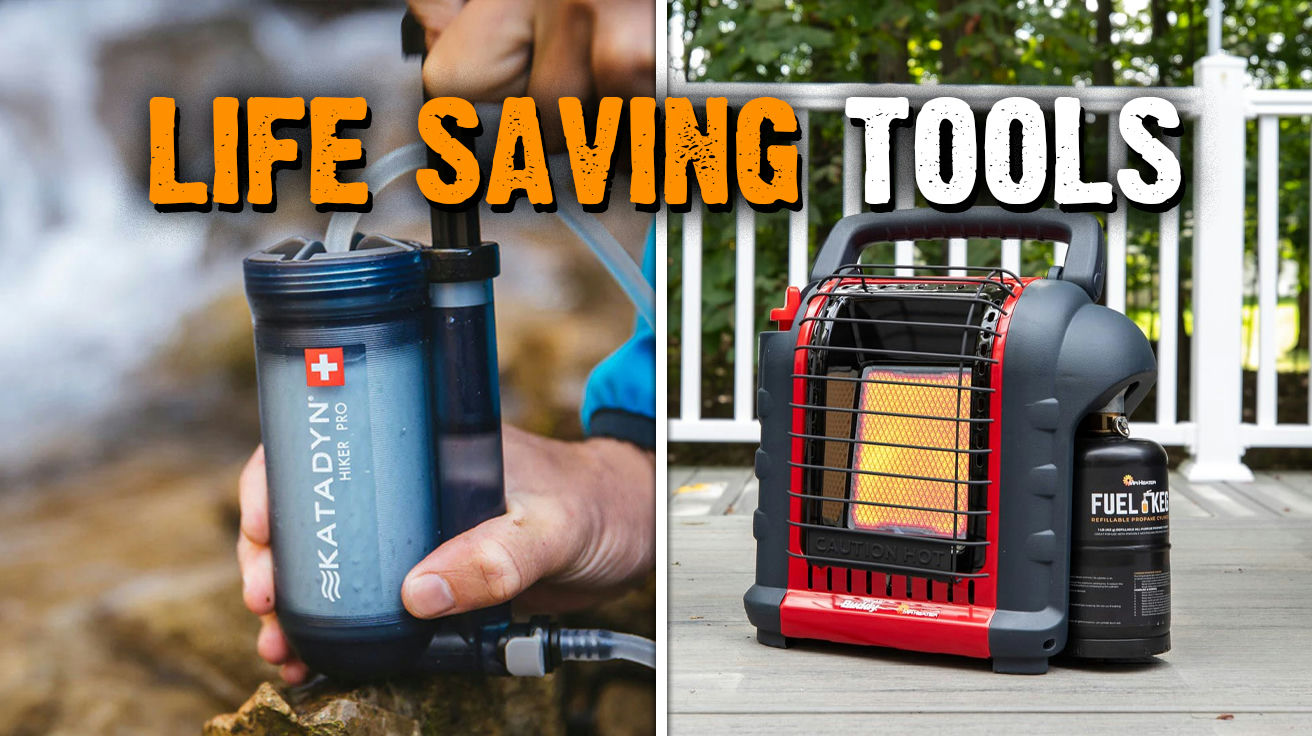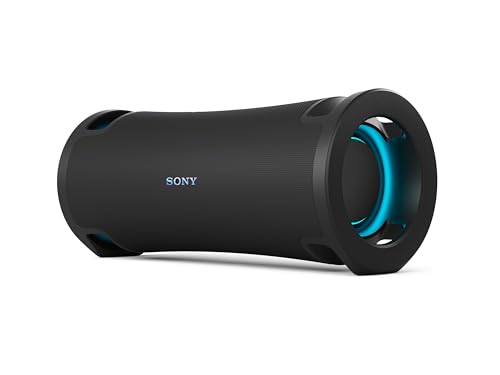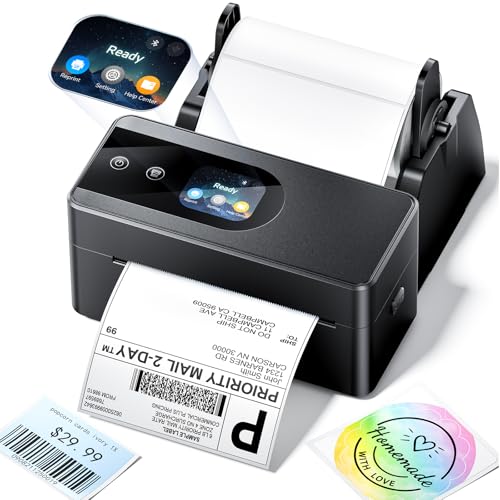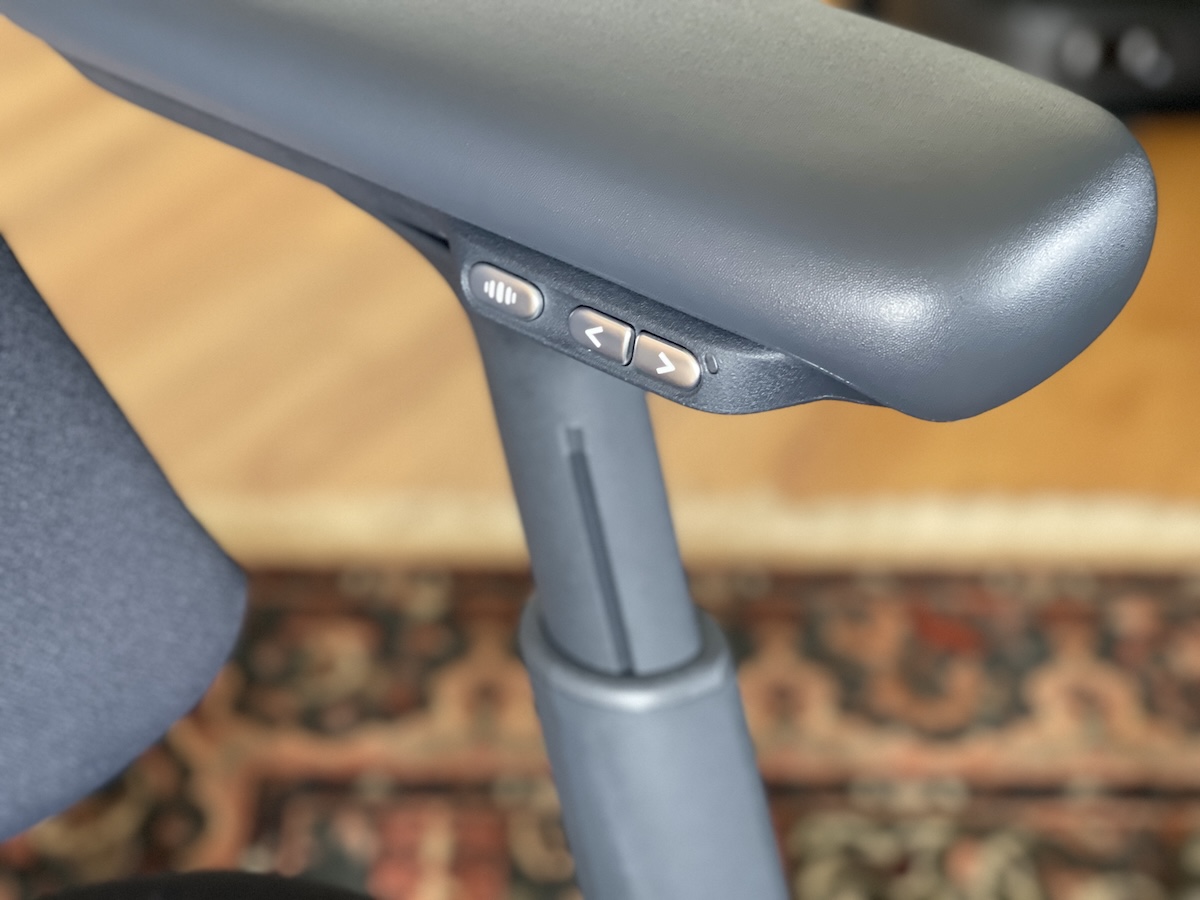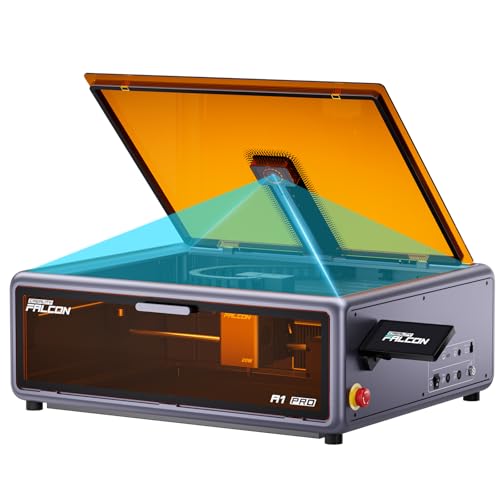The most dependable camping tech proves its worth beyond the treeline. Every backcountry adventure subjects gear to the harshest real-world quality testing, revealing which tools justify their weight in your pack and which ones deserve permanent residence in your emergency preparedness kit.
The difference between comfort and crisis often comes down to hardware.
This content may contain affiliate links. If you wish to support us and use these links to buy something, we may earn a commission.
18. Water Purification

Remember that scene in “The Martian” where Matt Damon had to science his way to creating water? Earthbound survival is thankfully simpler, but no less critical. Compact water filters have evolved into precision instruments that remove threats invisible to the naked eye. The Sawyer Mini represents the sweet spot of value and function at around $20, processing up to 100,000 gallons.
Smart preppers pair primary filtration with chemical treatments such as MicroPur tablets, creating a dual-verification system that neutralizes both biological and viral threats. Store collapsible water bags nearby for efficient collection, and run practice drills monthly. Unfamiliar tech always takes longer to deploy when you’re under stress – exactly when you don’t have time to read the manual. Smart preppers pair primary filtration with chemical treatments, creating a dual system against both biological and viral threats. If you’re interested in more gear that can help in dire emergencies, see these life-saving inventions that everyone should consider packing.
17. Light Sources

The evolution of emergency lighting mirrors the smartphone revolution – dramatic improvements in battery efficiency, brightness control, and power management. Today’s options create a three-tier lighting ecosystem: headlamps for task-focused needs, lanterns for area illumination, and flashlights for distance viewing. Solar-rechargeable options have effectively patched the biggest vulnerability – battery dependency.
Strategic placement turns these tools into a home network of light. Position units at pathway junctions, food prep areas, and communication zones – similar to how you’d optimize Wi-Fi coverage. Store batteries separately to prevent corrosion, and implement a regular testing schedule. Even the most durable hardware needs occasional diagnostics.
16. Food Supplies

Emergency nutrition has received a serious upgrade from the days of bland rations. Modern freeze-dried meals deliver restaurant-quality experiences with nothing but hot water – essentially functioning as analog meal delivery apps with impressive shelf lives. These lightweight packets contain approximately 2-4× the caloric density of fresh foods while occupying minimal storage space.
MREs represent the premium tier with self-heating technology built right into the packaging – no external power required. For maximum redundancy, supplement with ration bars designed to withstand temperature extremes (think Nokia 3310-level durability but for food). Rotate inventory every 6-12 months to prevent nutritional degradation and taste fatigue.
15. Shelter Items

Portable shelter technology represents one of the most impressive achievements in materials science. Modern tents create instant microenvironments that trap heat – essentially functioning as analog thermal regulators. During power outages, even indoor spaces benefit from these systems, creating zones of managed temperature.
Tarps have evolved into multi-functional interfaces between you and the environment. They block, collect, insulate, and signal – often simultaneously. Paired with below-zero rated sleeping bags, these components form a comprehensive environmental management system. Store these items in compression formats to maximize space efficiency, similar to optimizing storage on a device with limited capacity.
14. Tools

Fixed-blade knives with full tang construction remain the original multi-tools – reliable hardware that continues functioning long after complex systems fail. Their mechanical simplicity means fewer failure points, yet they extend human capability dramatically. The best models require nothing more than occasional edge maintenance, delivering decades of service without updates or compatibility issues.
Modern multi-tools compress an entire workshop into pocket-sized form factors that would make any tech minimalist proud. The engineering precision allows for remarkable capability density, though they sacrifice some power for portability – much like comparing a gaming laptop to a desktop rig. Keep these tools accessible rather than buried in storage, and protect carbon steel components with light oil.
13. Fishing Tackle

Fishing represents the most efficient calorie-acquisition algorithm in most emergency scenarios. With minimal input energy and basic technical knowledge, even novice users can secure high-protein returns. A basic tackle kit contains various hook scales, weights, floats, and line strength options that adapt to different water body types and fish species – essentially a hardware API for accessing natural food sources.
The beauty of this system lies in its minimal learning curve compared to alternatives. Even users with no prior experience can achieve basic functionality within hours, while practice dramatically improves results. Store hooks in cork to prevent oxidation damage and keep line protected from UV exposure that degrades tensile strength.
12. First Aid Kits

Modern first aid kits have evolved from basic bandage collections into comprehensive medical response systems. Sophisticated trauma components like tourniquets and hemostatic gauze provide capabilities previously available only in clinical settings. These tools bridge the critical gap between injury and professional medical access – essentially functioning as hardware patches for the human operating system.
Specialized items such as SAM splints provide structural support through elegant engineering that allows a single, lightweight component to address numerous different injury types. Deploy different kit scales across your home, vehicle, and portable packs, optimizing for space-to-capability ratio. Without proper training, however, even the best medical hardware loses effectiveness.
11. Paracord, Cordage, and Tapes

The unsung heroes of any emergency kit, these binding technologies solve problems across virtually every domain. Paracord’s design brilliance lies in its nested architecture – a strong outer sheath containing multiple inner strands that can be separated for more delicate tasks. This modular approach creates a single item with applications spanning from structural support to fine detail work.
The adhesive technology in quality duct tape maintains effectiveness across temperature ranges that would render consumer electronics useless. Rather than carrying bulky rolls, wrap sections around bottles or trekking poles – a clever storage hack that maximizes functional density. Learn core knot algorithms to exponentially increase utility.
10. Iwatani Butane Stove

The Iwatani butane stove represents a masterclass in minimalist engineering – maximum functionality with minimal complexity. Its piezoelectric ignition system generates the spark needed for combustion without external dependencies like matches or lighters, similar to how wireless charging eliminates cable requirements. The simplified user interface requires almost no learning curve.
Environmental variables such as wind and temperature affect performance, making this essentially outdoor computing – you’ll need to adjust settings and positioning to maintain optimal function. Practice operating your system in less-than-ideal conditions to build an intuitive understanding of its performance envelope. The cooldown process before packing also teaches patience.
9. Buddy Heater

In the thermal management category, the Buddy Heater stands out as a marvel of portable engineering. Its ability to convert propane into controlled heat output with built-in safety protocols resembles a well-designed smart home system, just with considerably higher stakes. The dual-fuel architecture accepts both small canisters and larger external tanks, creating flexible usage scenarios.
Safety features include automatic shutoff systems that detect environmental threats – essentially built-in error detection and prevention. The oxygen depletion sensor and tip-over switch function as hardware failsafes that prevent catastrophic system failures. Position units away from combustible materials and ensure proper ventilation to prevent carbon monoxide accumulation.
8. DC Refrigerator

The transition from ice-filled coolers to DC refrigerators represents a quantum leap in food preservation technology. These energy-efficient systems consume a fraction of the power required by standard refrigerators, making them compatible with alternative power sources such as solar arrays or vehicle electrical systems. The low power draw creates new possibilities for extended off-grid operations.
Optimizing these systems involves both hardware and operational considerations. Adding insulation panels improves thermal efficiency, while strategic content organization minimizes door opening time – both techniques reduce power consumption. Develop a comprehensive power budget that balances refrigeration against other critical electrical demands.
7. Multi-Tool

The pocket-sized multi-tool represents one of the most impressive achievements in hardware optimization. These devices compress workshop functionality into minimal form factors through clever engineering and material science. The best models balance tool count against usability, understanding that an accessible tool outperforms a theoretically superior but unavailable one.
Stainless steel construction provides environmental resistance similar to weatherproofing on outdoor tech. Regular maintenance prevents accumulated debris that compromises smooth operation. Carry these tools in easily accessible locations rather than buried in packs or bags. When systems fail, the time between problem identification and solution deployment matters tremendously.
6. Water Filter

Standalone water filters represent specialized components that excel at one critical function – making questionable water sources safe for human consumption. The engineering behind these devices creates microscopic barriers that block pathogens while allowing water molecules to pass – essentially functioning as security protocols for your hydration system.
Protecting these precision instruments requires understanding their operational limitations. Freezing temperatures can damage internal components as water expands during state change. This vulnerability mirrors how electronic devices have specific operating temperature ranges. Develop comprehensive water strategies that incorporate filtration, chemical treatment, and storage – essentially creating a hydration ecosystem rather than relying on a single solution.
5. Emergency Blanket

Few items deliver more survival value relative to their size and weight than emergency blankets. These metallized polymer sheets represent remarkable material science, reflecting up to 90% of radiated heat back toward its source. This simple but brilliant engineering creates a microclimate that dramatically extends survival time in cold environments.
Learning multiple deployment configurations transforms these sheets from single-purpose items into versatility champions. Beyond basic wrapping, they function as ground insulation, signal devices, water collection surfaces, and shelter components. Store multiple units throughout your gear – vehicle, home, and portable kits – to ensure redundant coverage.
4. Fire Starters

Advanced fire ignition technologies bridge the gap between primitive methods and modern convenience. Water-resistant fire starters continue functioning after environmental exposure that would render matches useless, providing reliable ignition under conditions that would disable less robust systems. The chemistry behind these products delays degradation while enhancing flammability.
Developing proficiency with ferro rod strikers builds capabilities that don’t depend on consumable components. These simple but effective tools generate sparks exceeding 3,000°F with each strike, creating reliable ignition across thousands of uses – a remarkable mean-time-between-failures metric. Store multiple ignition systems in waterproof containers distributed throughout your kit.
3. Solar Charger

Portable solar technology represents one of the most significant advancements in emergency preparedness. These photovoltaic systems convert sunlight directly into usable electricity, creating power independence from grid infrastructure. Modern panels achieve impressive efficiency in compact, foldable formats that interface directly with USB devices.
Optimizing these systems requires understanding their performance variables. Panel positioning dramatically impacts energy harvest rates, with direct perpendicular sunlight generating maximum output. Pair solar collection with power banks that buffer energy for nighttime use or cloudy conditions. Develop device charging priorities based on communication importance rather than entertainment value.
2. Camping Stoves

Portable cooking technologies have diversified to address specific usage scenarios with optimized solutions. Traditional propane systems deliver consistent, powerful output with straightforward operation – qualities that make them ideal for base camp or vehicle-supported scenarios. Canister stoves represent the ultralight category, where engineering focuses on minimizing weight while maintaining essential functionality.
Alcohol stoves occupy the reliability extreme of the spectrum with nearly zero moving parts to malfunction. Their simplified design makes them nearly failure-proof, though this comes with reduced power output that extends cooking times. Match your system selection to anticipated scenarios just as you’d choose computing devices based on use case.
1. Navigational Tools

In a world dominated by GPS and mapping apps, traditional navigation tools represent critical analog backups when digital systems fail. Compass technology, fundamentally unchanged for centuries, continues providing reliable directional reference without batteries. Paper maps store vast geographical datasets in non-volatile format that remains accessible regardless of power availability.
Developing proficiency with these navigation primitives builds self-reliance that doesn’t depend on technological infrastructure. Learning to take accurate bearings translates map positions to real-world directions, while topographic interpretation reveals terrain features affecting travel decisions. Carry multiple tools in separate locations to prevent losing complete capability. Want to take your preparedness even further? Discover essential gear for your camping kit that works just as well in the wild as it does when disaster strikes.


